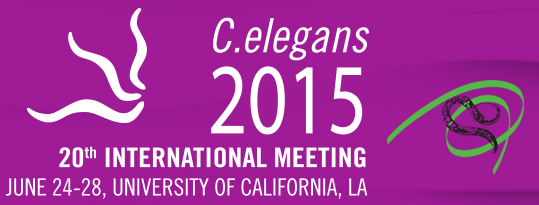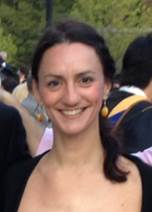Eleni Gourgou and I will be presenting “Real-time behavioral study of C. elegans by dynamic in situ photopatterning of hydrogel assays” at the 2015 C. elegans International Conference. Hope to see you there June 24-28.
http://www.genetics-gsa.org/celegans/2015/
Abstract:
Real-time behavioral study of C. elegans by dynamic in situ photopatterning of hydrogel assays
Eleni Gourgou1, 2*, C. Ryan Oliver1, 3*, Daphne Bazopoulou1, Nikos Chronis1, 4, A. John Hart3
1Mechanical Engineering, University of Michigan, Ann Arbor, MI
2Internal Medicine, Division of Geriatrics, Medical School, University of Michigan, Ann Arbor, MI
3Mechanical Engineering and Laboratory for Manufacturing and Productivity, Massachusetts Institute of Technology, Cambridge, MA
4Biomedical Engineering, University of Michigan, Ann Arbor, MI
*Equal Contributions
The use of C. elegans in neuroscience has flourished due to advances in microfluidics. However, traditional microfluidic assays require time-consuming design and fabrication cycles and have limited flexibility during operation. Here we present a platform for dynamically building microfluidic assays by in situ photopatterning of a bio-compatible hydrogel on NGM plates. This method adds flexibility to the workflow by enabling the researcher to incorporate new features in the assay based on dynamic observations as the experiment proceeds. To demonstrate and validate the technique, we first study whether in situ photofabrication of micropillars around swimming C. elegans would influence the worms’ swimming velocity and found that going from the open frame, to the micropillar array, to the rippled microchannel, the worm’s maximum speed increased 270%. Our method eliminates the need to load worms into a device one by one and sort them into individual chambers, because the chamber can be fabricated in situ around each worm. Next, we fabricated a free-floating lever around a pin anchored to the NGM plate. C. elegans worms confined within a frame surrounding this mechanism actively interacted with the lever. Hence, using this method, a variety of mechanisms can be fabricated within the culture environment, such as one-way gates, floating microparticles, movable isolation chambers and gears, as means to investigate more complicated behaviors of the worms. In addition, the researcher can generate freeform input using a tablet, resulting in real-time modification of the assay. Using a custom-built LabVIEW program, the time between when the pen touches the pad and final photopolymerization of the PEG-DA is less than 2sec. Last, we demonstrate how worms can be tracked in custom-made T-mazes to determine their ability to locate food. In the absence of food, the worms chose the left or right ends with equal probability, whereas, when food is placed in one end of the maze, the worms would choose the leg containing the food almost twice as often as the leg without food. To conclude, the dynamic photopatterning technique enables rapid and flexible experimentation via micro-scale confinement of model organisms, and in the future could incorporate image analysis and machine learning techniques to acquire large datasets and accelerate breakthroughs in understanding the behavior of model organisms such as C. elegans.







